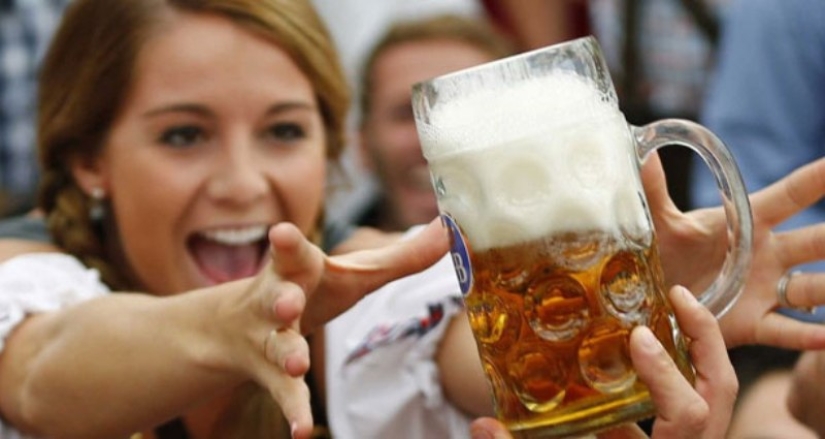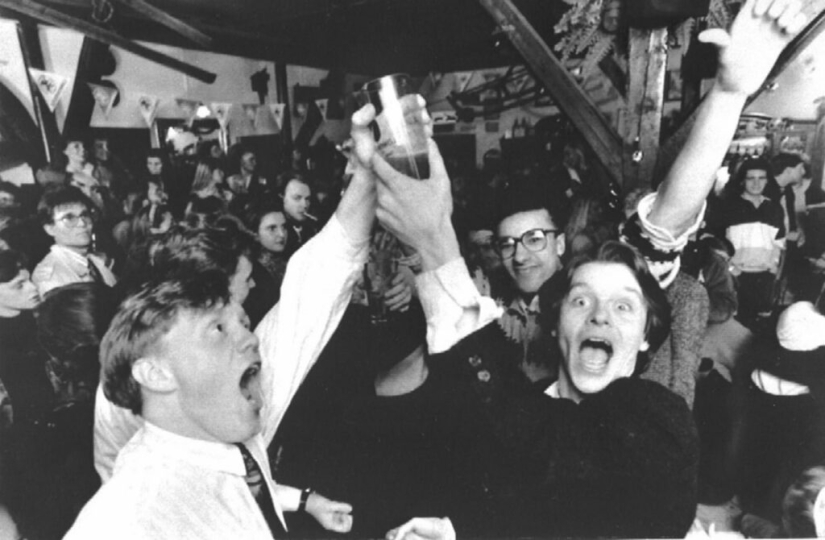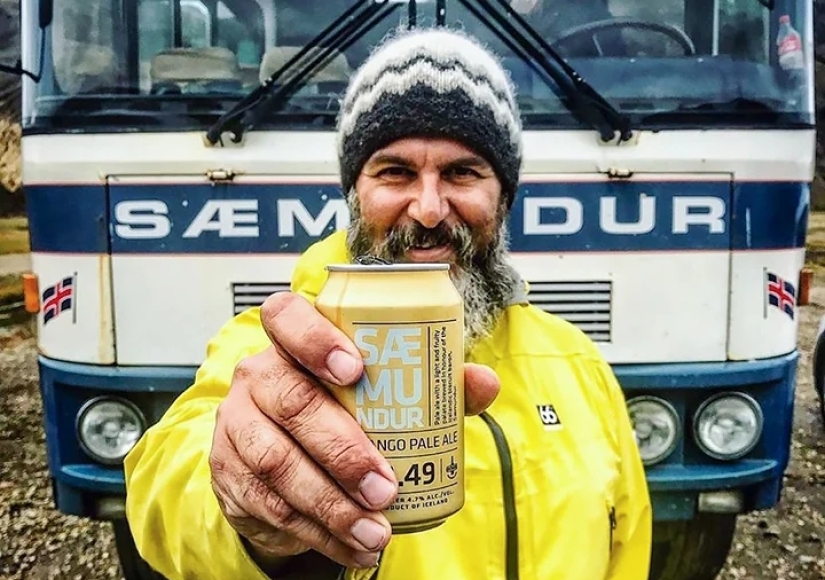The strangest "dry law", or How beer was banned in Iceland
Categories: Europe | Food and Drinks | Holidays and Festivals
By Pictolic https://pictolic.com/article/the-strangest-dry-law-or-how-beer-was-banned-in-iceland.htmlFor 34 years now, every March 1, the men of Iceland celebrate a small but important holiday — Beer Day. In 1989, a foamy drink was legalized in the country. Before that, since 1915, it was banned on the island. It was a very strange "prohibition", because wine and spirits were sold completely freely.

In 1915, a referendum was held in Iceland, following which a "dry law" was introduced in the country. Absolutely all alcohol, including beer, was banned. But the rules had to be revised. In 1933, Spain, the main buyer of Icelandic fish and the main supplier of wines, declared that it would not have trade relations with Reykjavik if the ban on wines remained. In order not to lose an important economic partner, the country's authorities had to lift the ban on wine and spirits.

But beer has remained illegal. What's the logic here? It's simple — it was a step designed to calm the participants of the Icelandic teetotal movement. Strange as it may seem, but such injustice did not cause serious outrage. The harsh descendants of the Vikings came to bars to get drunk quickly and inexpensively, and beer is not suitable for this.
Although there were beer connoisseurs who really missed their favorite product. They even arranged "beer tours" to European countries to take their soul away. In Iceland itself, over time, they learned to circumvent the ban, however, in a peculiar way. In drinking establishments, guests were offered a drink called bjorliki. It was a killer mix of non-alcoholic beer and aquavit. By the way, aquavit is a traditional Scandinavian drink with a strength of up to 50 degrees. So this mixture knocked down the most persistent guys.

The first beer indulgence was the permission to buy a drink in duty-free shops for tourists coming to Iceland. This happened in 1980, but it did not become an important event. But in 1988, when beer was legalized, his fans could not hide their joy. The law came into force on March 1, 1989 and all four pubs in Reykjavik were filled to capacity. Icelanders, previously indifferent to the ban, seemed to have broken loose. Beer was bought even by those who had never tasted it before.
In the first day bars and shops of the capital sold 340 thousand cans of beer. If we consider that the entire population of Reykjavik is 260 thousand inhabitants, together with children and teetotallers, then this is quite a lot. Icelanders were not too pampered with the assortment. In 1989, only 7 varieties of the drink were sold in the country: Sanitas Pilsner, Egils Gull, Budweiser, Löwenbräu, Tuborg, Kaiser and Sanitas Lager. Now, years later, you can choose from 500 varieties. By the holidays, there are even more types of products.

Despite the great influence of alcohol opponents on society, the problem of alcoholism in Iceland is acute. According to statistics, every 10 residents of the country over the age of 15 have been treated for drunkenness at least once in a specialized clinic or outpatient. As measures, the authorities apply high excise taxes on alcohol. A glass of beer in Reykjavik costs 1100 kronor (600 rubles), and a bottle of vodka costs 7000 kronor (3600 rubles).
Recent articles

These photos at first glance resemble a video about kissing strangers, but in fact the project was filmed long before that. One ...

At all times, masters have created objects with secrets, striking with fine work and complex construction. The first such products ...

When 19-year-old Marilyn Monroe started to pose for Earl Moran in 1946, she still dreamed of becoming an actress. Moran's already ...